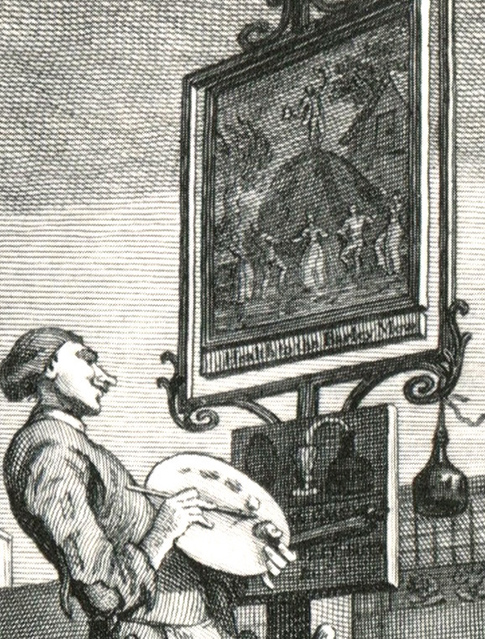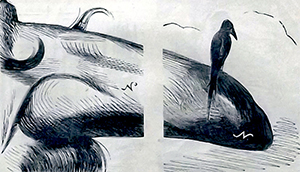Slavs and Tatars]
[October 21, 2011
Slavs and Tatars Presents “Molla Nasreddin”
Nicht übersetzt:
In a second-hand bookstore in Baku, Azerbaijan a group of international artists named Slavs and Tatars came across some volumes of the once wide spread historial Azeri magazine Molla Nasreddin. “It was bibliophilia at first sight. Its size and weight, not to mention the print quality and bright colors, stood out suspiciously amongst the meeker and dusty variations of Soviet-style works (…) We stared at Molla Nasreddin and it, like an improbable beauty, winked back.”
The Caucasian periodical, which was was read across the Muslim world from Morocco to Iran, was founded in 1906 in Tiflis by the Azerbaijani satirist and writer Jalil Mammadguluzadeh and ran until 1931. In terms of illustration Molla Nasreddin was deeply influenced by the French satirical tradition, by magazines like Samuel Schwarz´ Le Rire and Assiette au beurre. (Artists like Jules Grandjouan, Charles Leandre, René Hermann-Paul and Frantisek Kupka were relevant, but not Daumier, as Slavs and Tatars suggest.) “Molla Nasreddin attacked the hypocrisy of the Muslim clergy, the colonial policies of the US and European nations towards the rest of the world and the venal corruption of the local elite, while arguing repeatedly and convincingly for Westernisation, educational reform and equal rights for women.” (Introduction, Slavs and Tatars)
“For reasons beyond of our control, this page is empty.” ( A page censored by the authorities)
” If we are to believe the faulty theory that the West and Islam are on a collision course, we would do well to look at the only precedent in history where the ideas and peoples of both co-existed, in the Caucasus and across Eurasia. Azerbaijan’s progressive history and geographic position between Europe and Asia offer the potential for a truly revolutionary Islam where moderation, pluralism and politics are not mutually exclusive. (…) Most importantly, Molla Nasreddin is a crucial example of self-critique as it was run by Azeri Muslims, so quite different than the case of the Jyllands-Posten cartoons done by outsiders.” (Slavs and Tatars in: Metropolis M)
Recently Slavs and Tatars published a thoroughly researched selection of iconic covers, illustrations and caricatures from Molla Nasreddin in a series of artists’ projects edited by Christoph Keller. Slavs and Tatars Presents Molla Nasreddin is also available in a digital version for download.
Caption: “Bridge.” Molla Nasreddin, the magazine, uses the legendary figure of Molla Nasreddin, the man in the spotted hat, a satirical Sufi figure whose tales and anecdotes are found from Croatia all the way to China, as a mascot. Somewhat akin to Aesop’s fables, his pithy folk wisdom is timeless. The body with the prayer beads belongs to a mullah who is walking across the heads of Azeri men. (Source: artfagcity.com)





